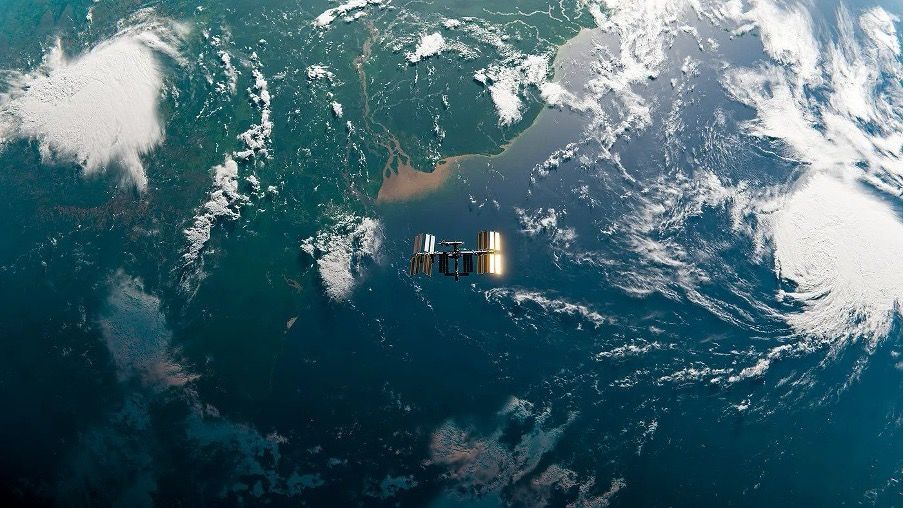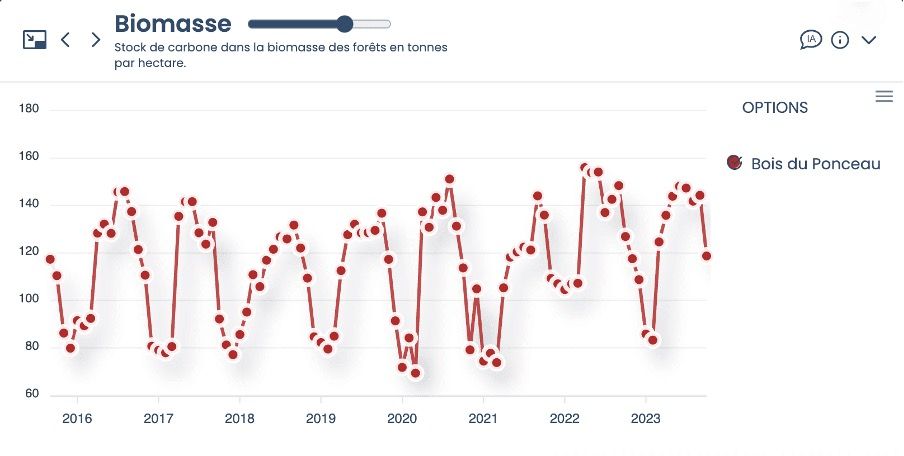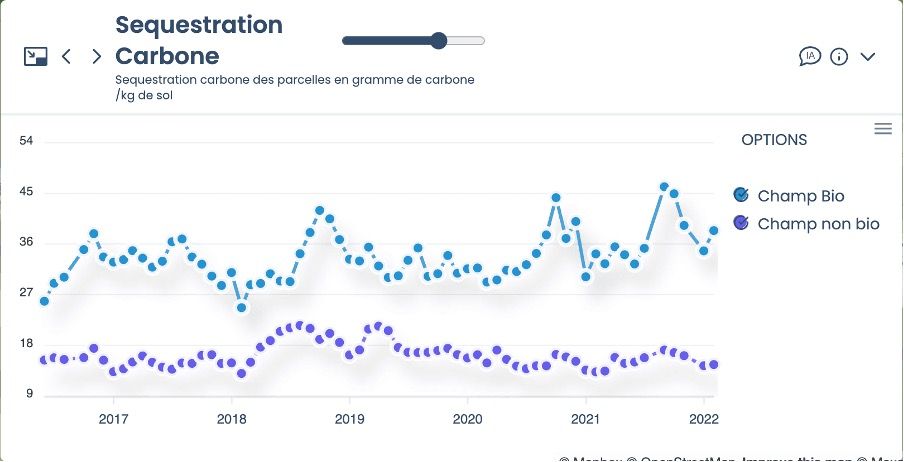Monitoring Carbon Sequestration - a key aspect for municipalities when building their carbon balance
Blog > Article > Monitoring Carbon Sequestration - a key aspect for municipalities when building their carbon balance

What if there was a ready-made system to help the local governments control carbon sequestration?
Carbon sequestration is the process of storing carbon dioxide that helps to reduce its release into the atmosphere. Taking into account The National Low Carbon Strategy that aims to achieve carbon neutrality in France by 2050, it becomes only more important for the local municipalities to monitor and report the carbon that they store.
A ready-made system to help the local governments control carbon sequestration
Meteory provides a holistic tool for carbon sequestration monitoring that can help to achieve environmental balance and transform the earth into a more sustainable place to live.
Biological carbon sequestration is the procedure of capturing CO2 and later storing it, most often in the deeper parts of the soil but also in trees and forests. There are many methods of carbon sequestration, among which there is a natural process of biological sequestration through the biomass, geological sequestration, coal farming or chemical sequestration.
Carbon sequestration is the procedure of capturing CO2 and later storing it, most often in the deeper parts of the soil but also in trees and forests. There are many methods of carbon sequestration, among which there is a natural process of biological sequestration through the biomass, geological sequestration, coal farming or chemical sequestration.
Nevertheless, it is the soil which is called “the hidden part of the climate cycle” by the European Union. This notion corresponds to the fact that soils can sequester billions of tons of carbon yearly, when taken care of. Unfortunately, human activity has already led to the conversion of around half of plant lands on the Earth into croplands. This vastly disrupts soil structure which, in turn, can lead to the release of stored carbon. Human practices like mono-crops or excessive use of fertilisers and pesticides, led to the loss of more than a hundred billion metric tons of carbon, which counts for around 25% of all human-emitted greenhouse gases. We have entered a vicious cycle of environmental damage due to the development of such farmlands, but there is a way back that we need to take right now.
Challenge for the municipalities
It is the municipalities who now face the challenge of becoming sustainably responsible for reducing CO2 emissions to achieve their carbon balance. It is crucial to also focus their attention on the vast possibilities of carbon sequestration during this process. It can serve as a great tool for diagnosing and tailoring actions at the local level by monitoring certain terrains and patterns of sequestration within them. While focusing on the coarse and prolonged process of lowering emissions, let’s also improve the carbon sequestration and store as much carbon dioxide as possible.
 Evolution of biomass stored in a forest.
Evolution of biomass stored in a forest.
 Comparison between 2 forests: which stores the most carbon?
Comparison between 2 forests: which stores the most carbon?
Meteory’s platform is a simple and easy to use tool that can vastly help with monitoring carbon sequestration. The data provided using our advanced models trained on satellite images and European databases can vividly show how much carbon is stored in the soil and in the biomass. What is more, it presents exactly where its largest deposits are and how they evolved over time. This advanced model made by European top class experts is already constantly monitoring around 60 000 square kilometers, which helps many municipalities with real-time monitoring of their territories.
 Example of soil carbon sequestration monitoring through the Meteory platform
Example of soil carbon sequestration monitoring through the Meteory platform
Meteory's tools help decision makers to make rational, informed and most effective choices. The platform and its data allow, for example, to compare differences between carbon sequestration within bio-fields and normal fields. Thanks to such insights, governors of a certain territory decided to maintain and improve the health of the already existing forest instead of planting a new one. Not only was it a lot less expensive, but it also allowed them to store two times more carbon in just 4 years. Thanks to such additional in-depth data, they can now systematically monitor their level of carbon sequestration and sustainably build their carbon balance step by step, which will eventually result in mitigating emissions of CO2.
CO2 is the main gas causing climate change. Reducing the amount of this gas entering the atmosphere can help achieve carbon neutrality and counteract global warming. Thus, carbon sequestration monitoring is a crucial part towards achieving this goal. Thanks to Meteory, municipalities can easily measure the effectiveness of their carbon sequestration policies and make sure that every euro invested has the highest environmental value.

Aleksandra Jaworska • May 31, 2024